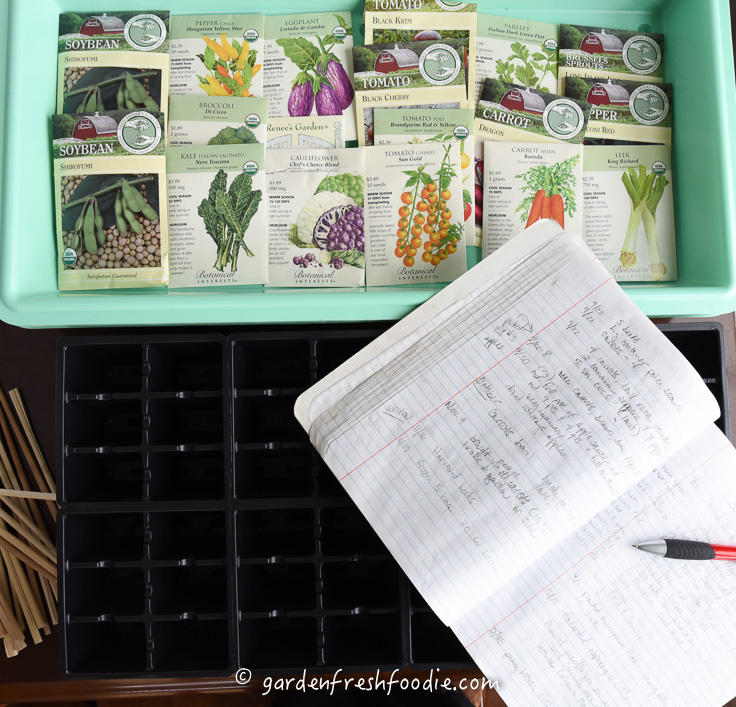 Have you wanted to grow a garden from seed? Well now is the time for a bunch of your seeds to get growing! Tomatoes, broccoli, eggplant, cauliflower, peppers, herbs, Brussels sprouts, and leeks should all be started now. Other plants like lettuce, peas, spinach, beets, greens, scallions, beans, and zucchini can all be directly sown (or planted) into the ground. Greens and peas do best in cooler weather, so as soon as that ground is workable, try to get them in (that’s no time soon for us).
Have you wanted to grow a garden from seed? Well now is the time for a bunch of your seeds to get growing! Tomatoes, broccoli, eggplant, cauliflower, peppers, herbs, Brussels sprouts, and leeks should all be started now. Other plants like lettuce, peas, spinach, beets, greens, scallions, beans, and zucchini can all be directly sown (or planted) into the ground. Greens and peas do best in cooler weather, so as soon as that ground is workable, try to get them in (that’s no time soon for us).
What exactly does it mean to grow from seed?
When you grow from seed, you have total control of plant selection, seed sourcing, and growing organically. When you purchase plants from a local nursery, you most likely are getting plants that were grown out of your area and grown with chemical fertilizers and pesticides. This is because growers who grow on a large scale almost never grow organically, and it’s not as profitable for local nurseries to produce enough to meet the demand.
If you are like me, you want to avoid chemicals in your food as much as possible. This includes wanting to reduce my ecological footprint, and decrease how far my food and plants travel. I also grow from seed to increase the diversity of plants I can grow. If you go to a garden center, you will be given 1 kind of eggplant (almost always black beauty), 1 kind of bell pepper, 1 kind of zucchini, and so on. If you grow your own, you can choose from tons of heirloom seed varieties, colors, and textures. It’s so cool to grow black tomatoes, red carrots, and striped eggplants! Growing from seed is also more cost effective. One pack of organic seeds usually costs around $2.50/$3.00. Each pack can usually grow anywhere between 15-40 plants, and they are good for a few years. If you purchase plants at the nursery, they usually run you about $2 with 4 or 6 to a pack for non-organic plants. If you grow organic, non-GMO seed, you can also try to save seeds from your plants to use for next year’s garden. More on this later in the summer.
What is an heirloom, you may now be asking? An heirloom is a seed that has been saved for generations and passed down. Again, this doesn’t happen with commercial plant growers and seed producers. If you’ve ever heard of Monsanto (if you haven’t PLEASE watch Food Inc), you know that large companies control genetically modified seeds, making it illegal to save seeds. If you grow organically you will not support these companies, and your foods will not be genetically modified (GMO). All important to us.
So, what’s involved in growing your own? The steps below are to help you start your seeds. Check back for more growing tips! If you are going to do this-I highly recommend growing with lights. You don’t have to, but your plants will perform far more superior.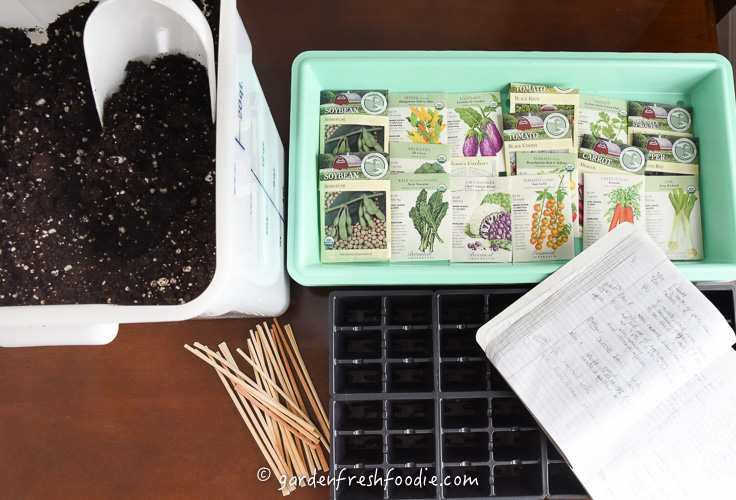
Materials Needed:
- Plant trays that can be divided. If you have access to egg containers, you can use them (no styrofoam!), but they can rot. You can also use paper cups, cow pots (manure pots that will decompose in ground).
- Potting soil that has a mixture of perlite in it
- Chopsticks or popsicle sticks to label seed cells
- Seeds of choice
- Trays that can be placed underneath the plants to catch water and soil
- Grow lights* or bright windows
- Lid to cover plants for germination*
- Garden Journal*
*optional but really helpful
Procedure:
- Fill containers with soil
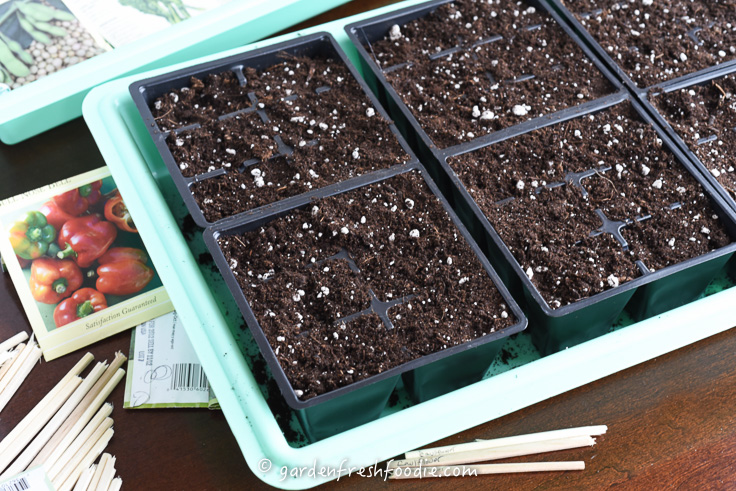
- Label chopsticks/popsicle sticks with plant names
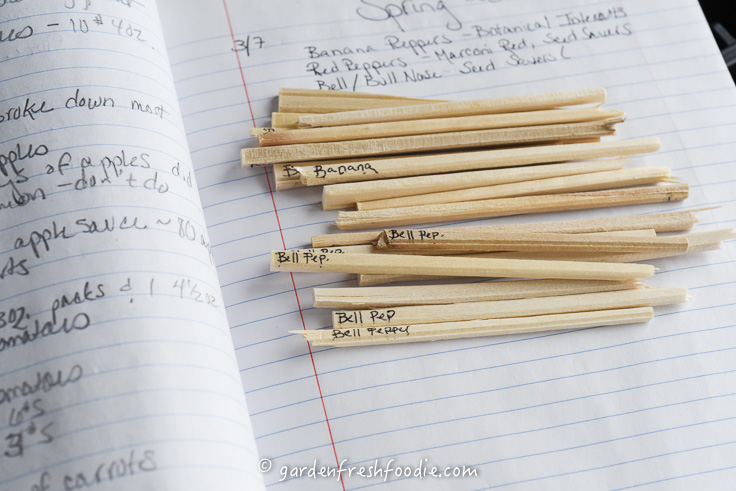
- Record in a garden journal when and what you planted! This is very important. It helps you remember, and yes, you WILL forget what you’ve planted and where, no matter how good you think you are. This also helps with knowing germination rates and times for future growing seasons, and how well that particular seed variety worked.

- Plant 2 seeds per planting cell. I do this to insure germination in each cell. Push the seeds into the soil and gently pack down the soil on top.
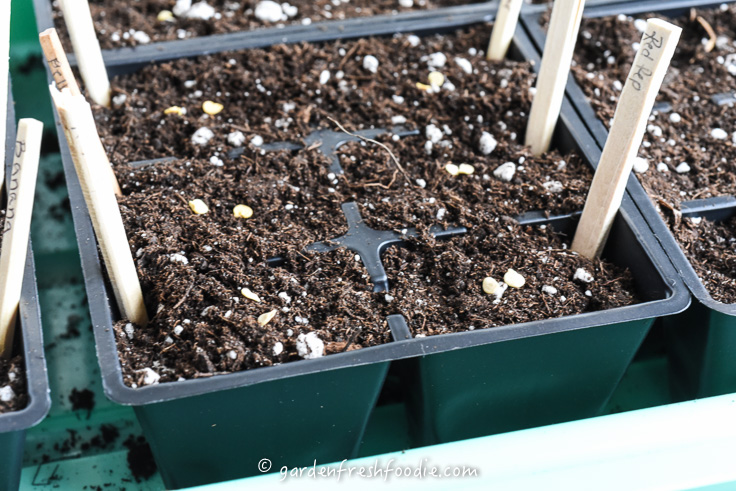
- Water in well
- Cover with a plastic dome to create a greenhouse-like system until seeds begin to germinate. Once they have germinated (sprouted), remove the cover, or you will have what’s called damping off. This is when a fungus forms from too much moisture and the seeds rot.
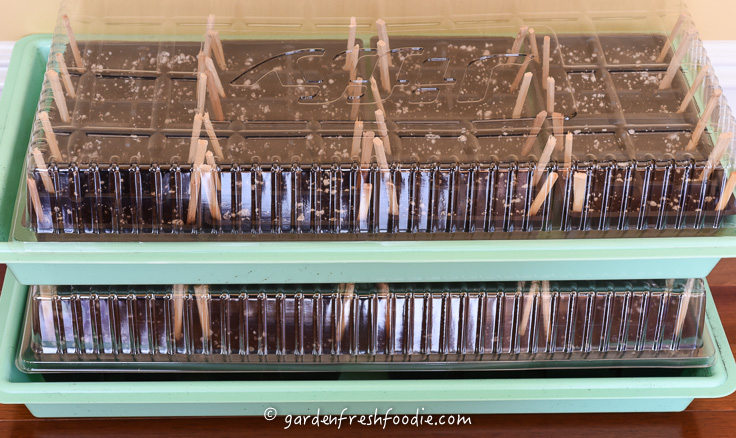
- Once they have germinated, you will select the plant that looks the healthiest and eat the other (yes, it’s like eating sprouts)
- Place under lights or in bright (south facing) window.
What I just planted: Seed varieties were from Botanical Interests & Seed Savers Exchange
- Peppers: banana, Marconi Red, Bull Nose Bell Peppers
- Herbs: parsley, basil
- Tomatoes: Yellow Gold Cherry, Black Cherry, Red/Yellow Brandywine, Black Krim, Beefsteak
- White/Purple Cauliflower
- Broccoli: DiCicco variety
- Eggplant: Little Prince (small size) and Listada de Gandia
- Leeks
Check back for more gardening info and feel free to ask questions!
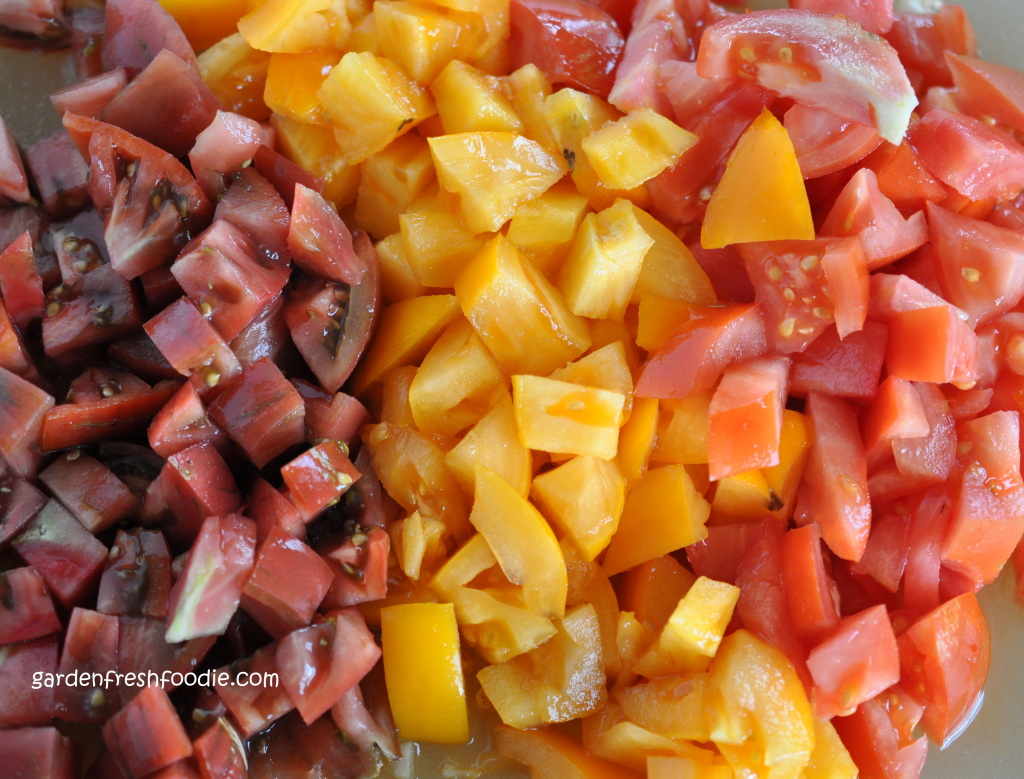
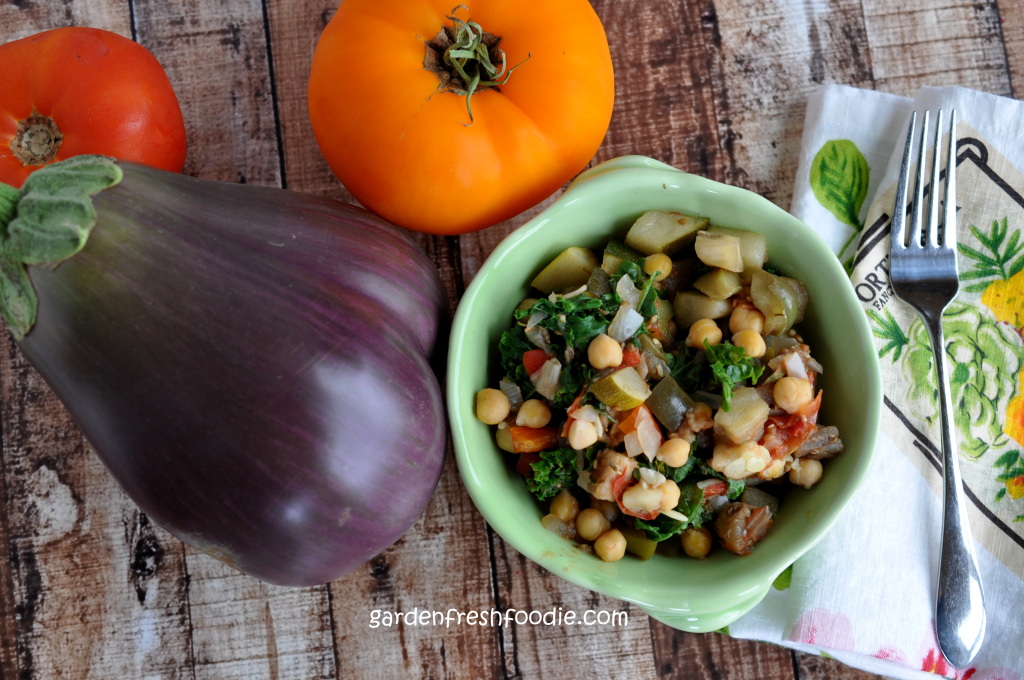
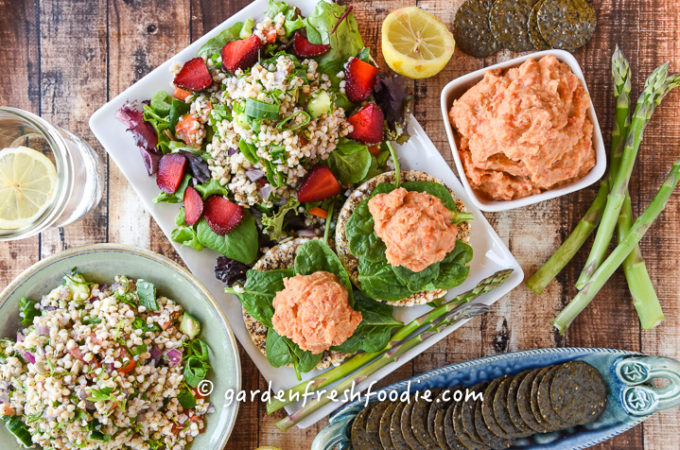
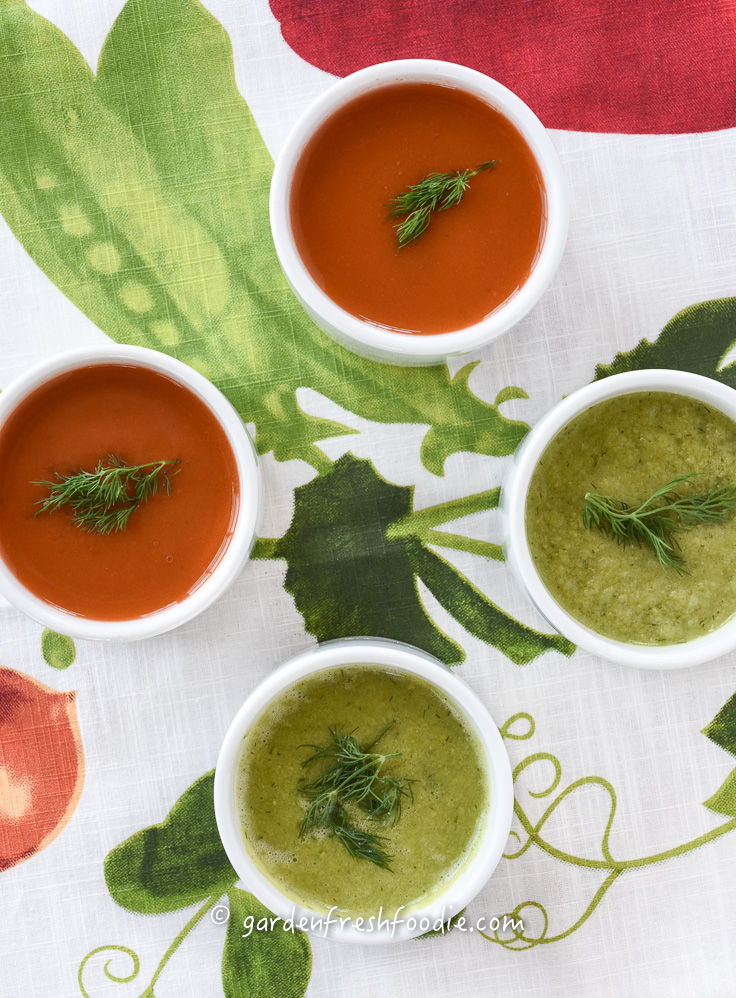
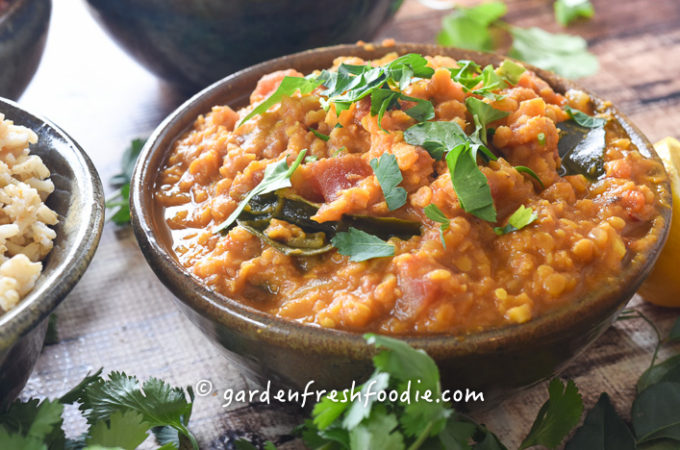
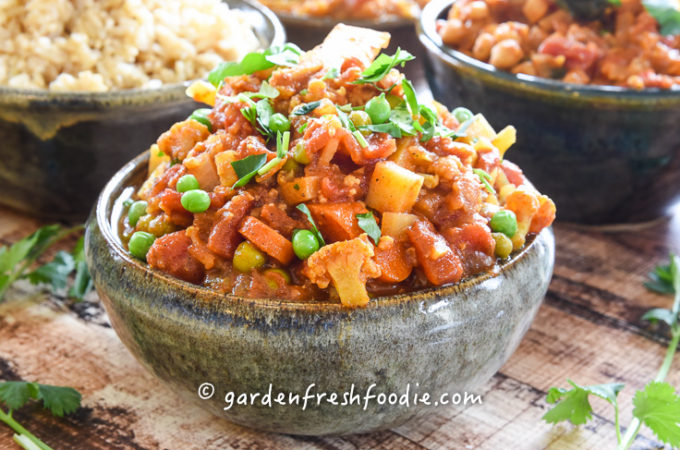
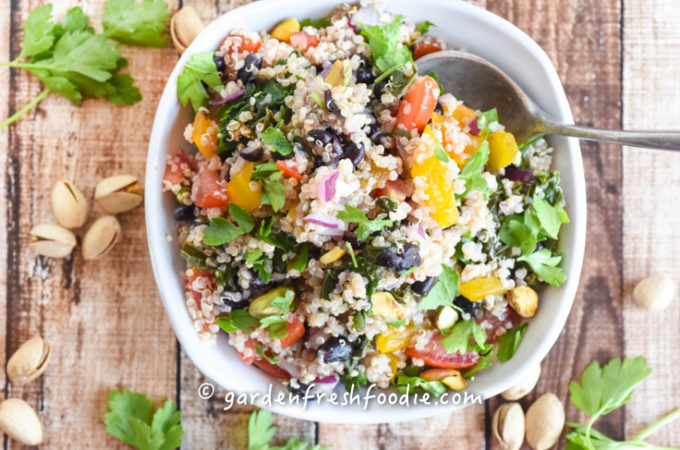
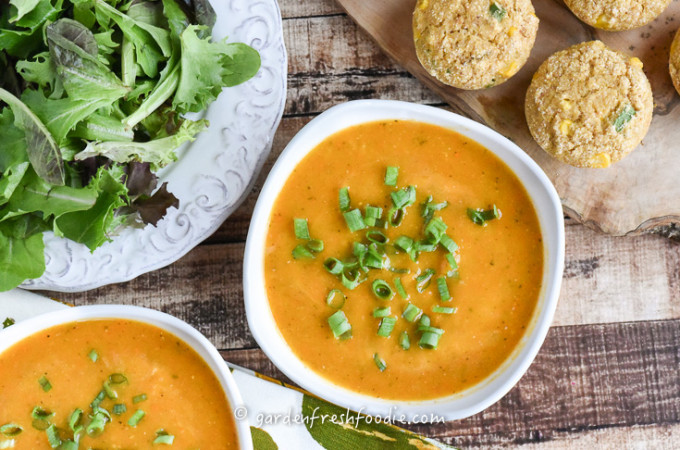
when do you have to move the plants into bigger pots? and how long do you keep them under the light?
You will move your plants once the temps outside are no longer in danger of frost at night. Be careful with transplant (I’ll be writing more on this later), as plants will go into shock when initially brought outside. As of light-make sure they get about 12 hours of light each day, and are kept watered. Seedlings can dry out quickly. Good luck growing and feel free to ask more questions!
LOVE your photography! Good luck with your garden. Keep us posted!
Thanks so much Botanical interests! Will do-love your seed selections!